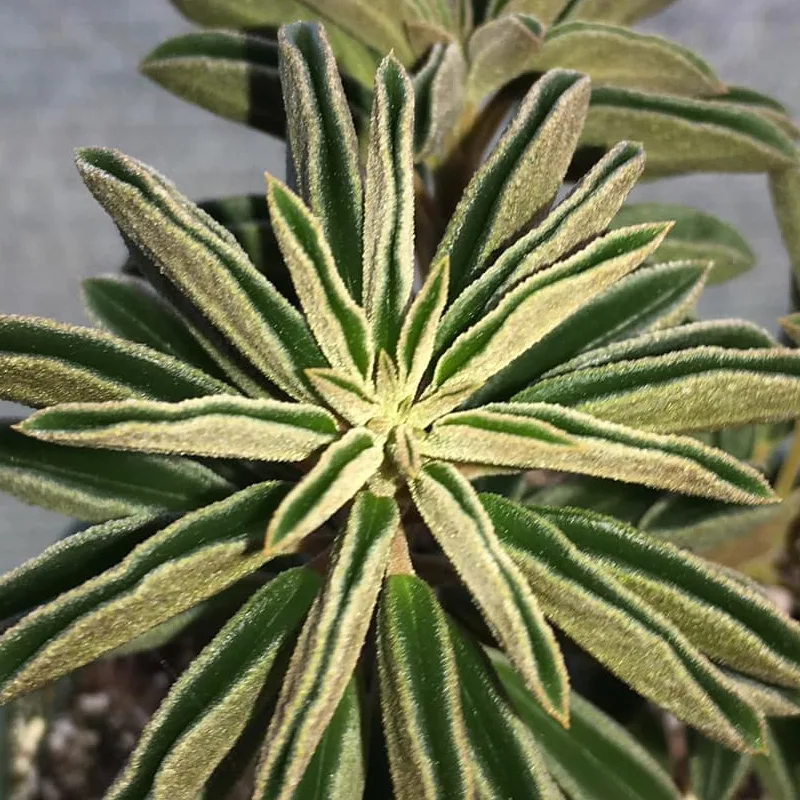Acanthus Whitewater: FAQs for Gardeners
Hi there, Ferb Vu here! Acanthus Whitewater, also known as Bear’s Breeches, has become a favorite in my garden. It’s a stunning perennial with a unique combination of architectural form and beautiful blooms. Let’s delve into some of the most common questions I get about this captivating plant.
29 Species in Genus Acanthus
What is Acanthus Whitewater?
Acanthus Whitewater is a herbaceous perennial belonging to the Acanthaceae family. It boasts stunning variegated foliage – a mesmerizing mix of ivory white and green. The architectural interest comes from its tall, upright flower spikes that bloom in summer, boasting creamy-white flowers with a hint of pink.
Acanthus Whitewater vs. Other Acanthus Varieties
There are several Acanthus varieties, each with its own charm. Here’s a quick comparison with its close relative, Acanthus mollis (Sea Holly):
- Foliage: Acanthus Whitewater features the captivating white variegation, while Acanthus mollis has solely green leaves.
- Flowers: Both varieties have tall flower spikes, but Whitewater’s blooms are creamy white with a pink blush, while Sea Holly’s are a deeper lavender.
- Light: Whitewater prefers full shade to partial shade, while Sea Holly tolerates full sun better.
- Height: Both varieties typically reach around 4 feet in height.
Ultimately, the choice between these two depends on your desired aesthetic and light conditions in your garden.
How to grow Acanthus Whitewater?
Planting Acanthus Whitewater is a breeze. Here’s what you need to know:
- Timing: Plant in early spring or fall when the soil is cool and moist.
- Location: Choose a spot with full shade to partial shade. In cooler climates, it can tolerate some full sun exposure.
- Soil: Acanthus Whitewater is adaptable to most soil types, but well-drained soil is crucial. If your soil is heavy clay, amend it with sand or grit to improve drainage.
- Watering: Water deeply and regularly during the first year to establish a strong root system. Once established, it’s fairly drought tolerant, but allow the soil to dry slightly between waterings.
Maintaining the Beauty of Acanthus Whitewater
Minimal maintenance is all this beauty needs to thrive:
- Pruning: It doesn’t require regular pruning. However, remove spent flower spikes after blooming to encourage new growth and maintain a neat appearance. You can also cut back the foliage in late fall or early spring before new growth appears.
- Pests and Diseases: Acanthus Whitewater is generally resistant to pests and diseases. However, keep an eye out for common garden issues like snails or slugs, which can be easily dealt with using organic methods.
Companion Planting Ideas for Acanthus Whitewater
Acanthus Whitewater pairs beautifully with various plants, adding textural contrast and visual interest:
- Ferns: The delicate foliage of ferns complements the bold form of Acanthus Whitewater.
- Hostas: Their shade-loving nature and vibrant green foliage create a harmonious partnership.
- Astilbes: Their graceful plumes of flowers add a touch of elegance alongside Acanthus Whitewater’s architectural form.
- Heuchera (Coral Bells): The colorful foliage of Heuchera adds a pop of color and complements the variegated leaves of Acanthus Whitewater.
Experimenting with different combinations allows you to create a stunning focal point in your garden.
Troubleshooting Common Acanthus Whitewater Issues
While generally problem-free, here are a couple of things to watch out for:
- Floppy Foliage: This can be a sign of overwatering. Ensure proper drainage and adjust your watering habits accordingly.
- Lack of Blooms: Insufficient light can hinder flowering. If planted in too much shade, relocate it to a spot with more sunlight.
By addressing these issues promptly, you can keep your Acanthus Whitewater thriving and blooming beautifully.
I hope this comprehensive FAQ has given you a better understanding of Acanthus Whitewater. With its low maintenance needs and captivating beauty, it’s sure to become a treasured addition to your shade garden. If you have any further questions, feel free to reach out!
If i die, water my plants!



